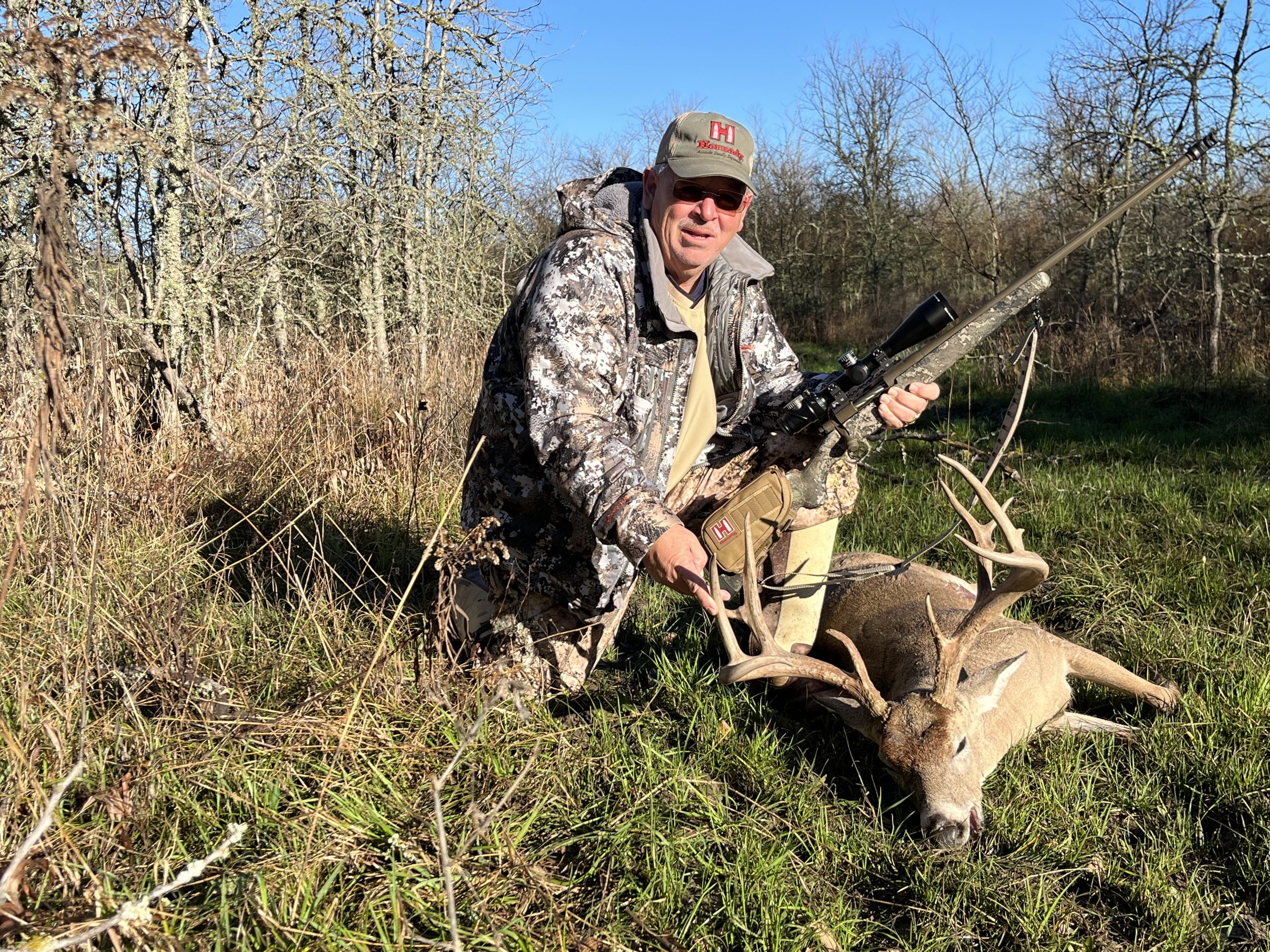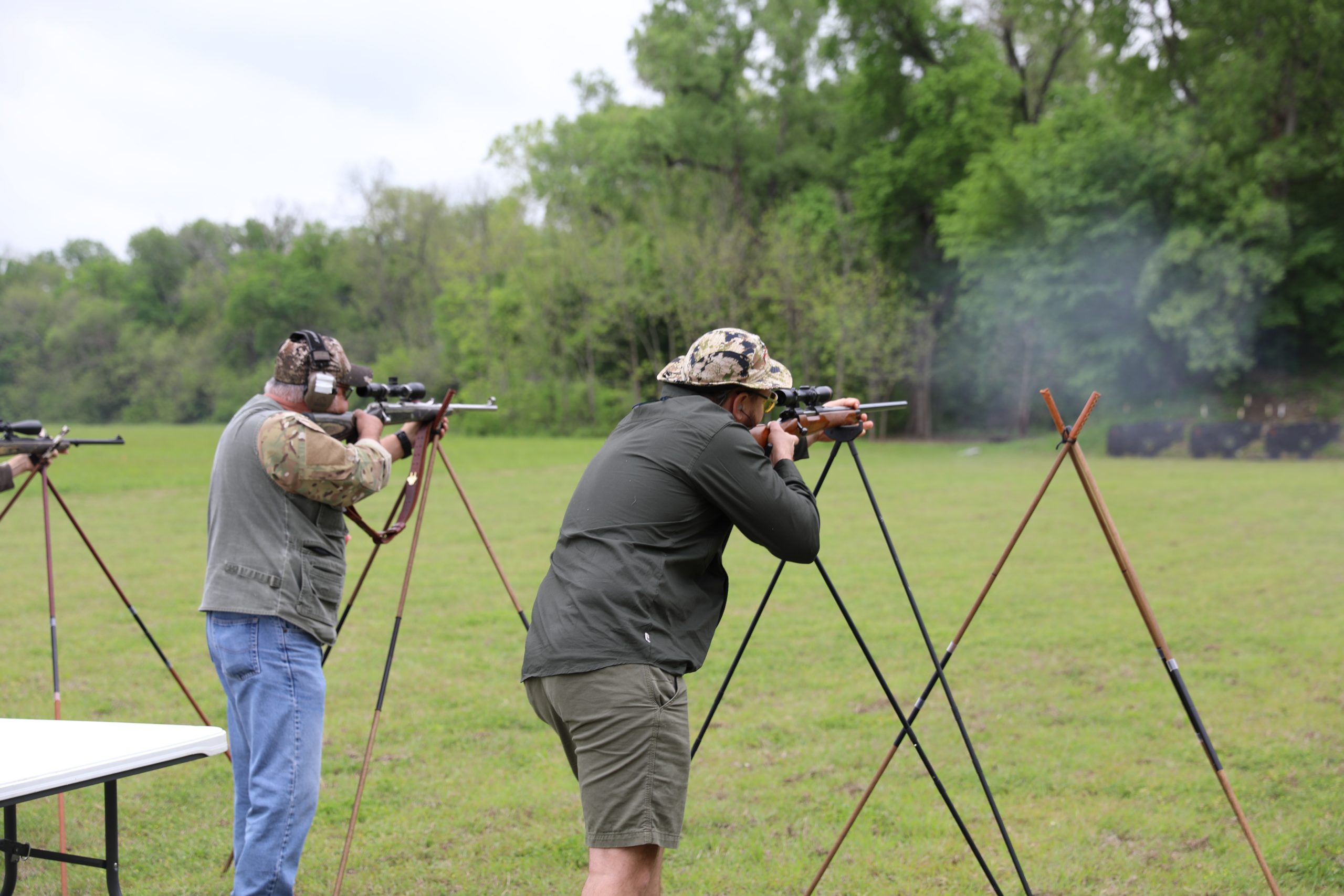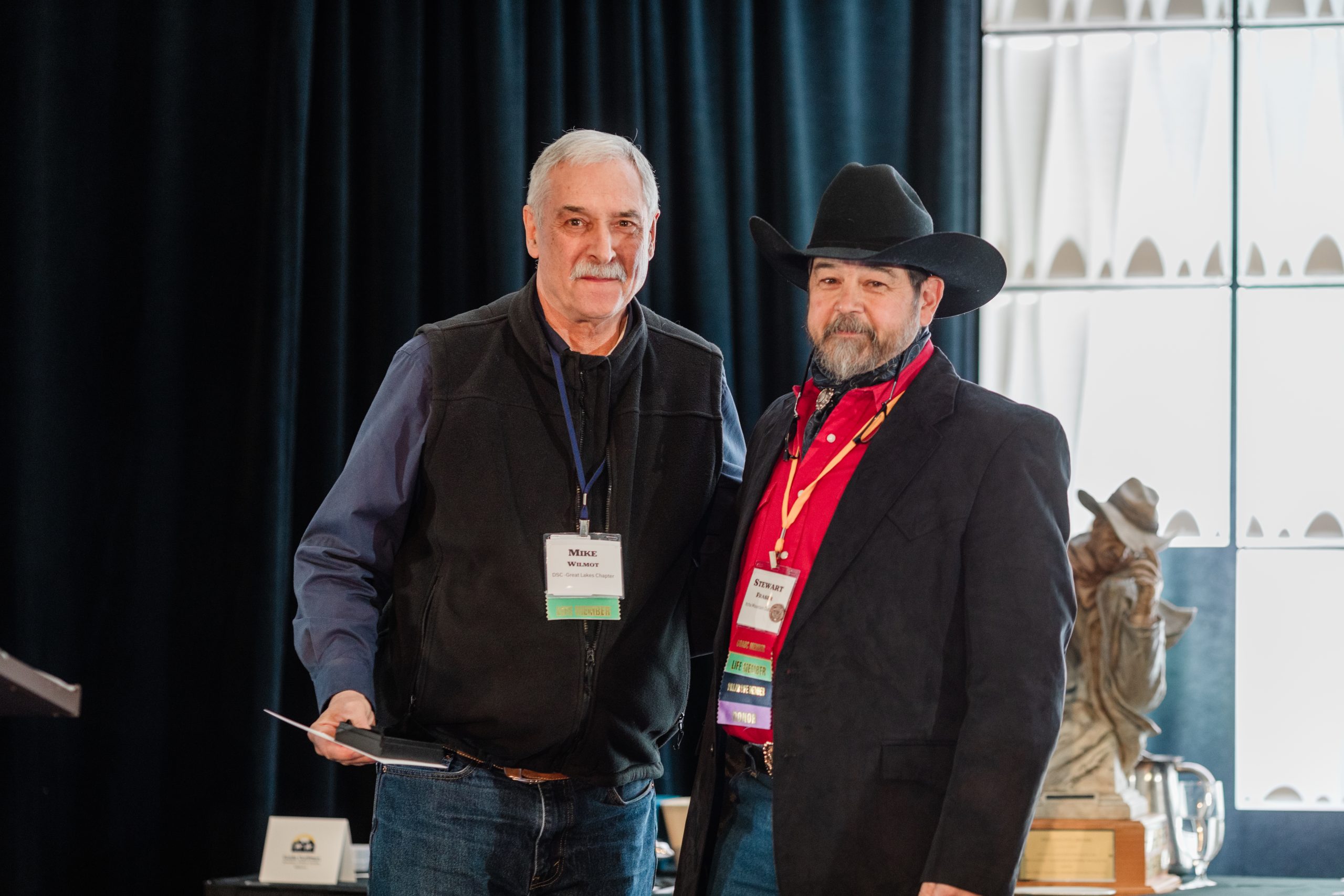The Greater Yellowstone ecosystem now boasts a healthy population of over 700 grizzly bears, which is a steady improvement from the population of 150 that warranted official endangered status in 1975.
However, new growth brings new challenges.
While the number of individuals has increased in the Yellowstone area, the gene pool remains limited. Genetic diversity would help the population overcome potential outbreaks and changing conditions in the future.
The grizzlies of Glacier National Park roaming about 70 miles north in Montana could support the long-term success of the species by joining the Yellowstone bears. When the grizzlies in Montana began expanding their range, the chance of a natural reunion excited scientists and renewed hope for the future.
But the migration passageways hold many dangers.
As the bears travel north from Yellowstone NP or south from Glacier NP, there are hazardous zones to pass. Major highways with unsuspecting vehicles pose direct threats to the bears. The grizzlies may also migrate through farms or stumble upon towns if they are drawn in by the smell of dog food, leftovers in the trash or even apple trees. These areas will be new to bear interactions, which may lead to increased human-bear conflict as well.
The good news is that protection, science and education can provide great solutions.
A Canadian wildlife biologist heads a group that works to protect migration corridors, which would benefit other animals such as cougars and wolverines too. People will need education on bear proofing their houses and farms such as securing garbage cans and chicken coops. Not to mention, wildlife biologists in Canada and the U.S. continue to conduct studies to track and monitor populations.
While the possibility of hunting has been discussed in Montana, the state has said it would not allow hunting in the areas where the two populations could reunite.
Source: New York Times



